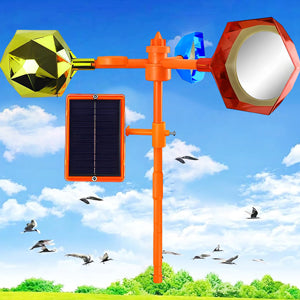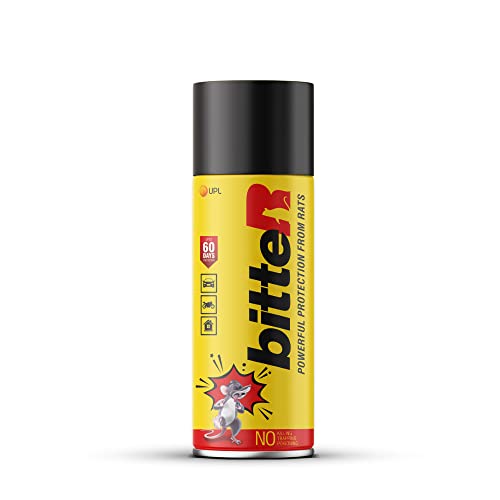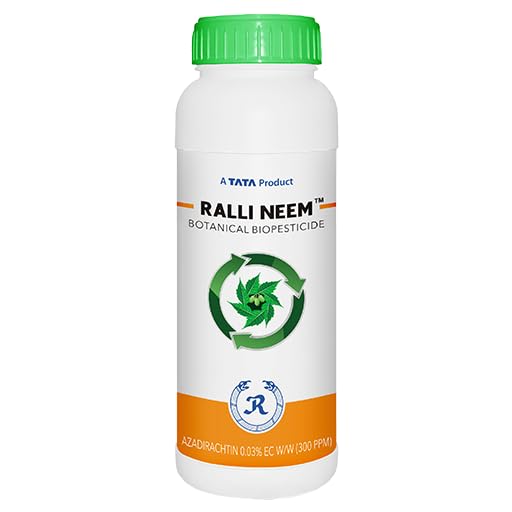
Beat Mealybugs & Boost Your Harvest
Share
Mealybugs, those tiny white sap-suckers, are a major threat to various crops across India, putting a substantial dent in farmers' hard-earned income. Here's a snapshot of the problem:
Crops at Risk due to Mealybug: A wide range of crops, including fruits (citrus, papaya, grapes), vegetables (okra, eggplant, beans), cotton, and sugarcane, are vulnerable to mealybug infestations.
Impact on Yield: These pests directly damage plant health by sucking essential sap, leading to stunted growth, distorted fruits, and reduced yield. Estimates suggest yield losses up to 80% in some cases, translating to significant financial losses for farmers.
Quality Woes: Infested fruits and vegetables become discolored, sticky, and unmarketable, fetching lower prices or being completely rejected. This further adds to the economic burden.
Indirect Costs: Controlling mealybugs requires additional expenses for insecticides, natural pest control methods, and labor, pushing up production costs and squeezing profit margins.
Wider Implications: Mealybug infestations can also affect export possibilities of agricultural produce, impacting overall agricultural trade and national income.
The Challenge:
The rapid reproduction and adaptable nature of mealybugs make them a persistent challenge. Quick-fix solutions often offer temporary relief, while overuse of chemical insecticides can harm beneficial insects and the environment. While quick fixes like sprays and traps might seem tempting, lasting mealybug control for Indian farmers requires a deeper understanding of their life cycle and behavior. Here's a breakdown for them:
Life Cycle of Mealybug:
Eggs: Females lay hundreds of tiny eggs, often in cottony sacs, under leaves or bark. These hatch within a week.
Nymphs: The young mealybugs, called crawlers, are mobile and feed on sap. They go through several molts, growing bigger each time.
Adults: Adult females are slow-moving and covered in a white, waxy powder. They continue feeding and lay more eggs. Males have wings and only live a few days.
Behaviorof Mealybug:
Sap suckers: Mealybugs feed on plant sap, weakening leaves, stems, and fruits.
Honeydew producers: They excrete a sticky substance called honeydew, attracting ants and further damaging plants.
Warm lovers: They thrive in warm, humid conditions, especially in greenhouses or sheltered areas.
Fast breeders: Females can reproduce several times a year, leading to rapid population growth.
Control Strategies for Mealybug:
Natural enemies: Encourage ladybugs, lacewings, and other beneficial insects that feast on mealybugs.
Cultural practices: Prune infested parts, remove weeds, and keep plants well-ventilated to reduce hiding places.
Soap sprays: Homemade or insecticidal soap sprays can kill crawlers and nymphs on contact, but repeat application is often necessary.
Neem oil: This natural oil disrupts mealybug hormones, preventing reproduction and growth.
Insecticides: Chemical insecticides can be effective, but use them with caution, as they can harm beneficial insects and pollinate bees.
Diversity in Mealybugs:
Ferrisia virgata (Cockerell): Striped mealybug, guava mealybug, grey mealybug (cotton, guava, custard apple, papaya, beans, crotons, pepper, etc. Vector of swollen shoot disease of cocoa.)
Nipaecoccus viridis (Newstead): Spherical mealybug (Tamarind, pongamia, jackfruit, mango, papaya, amla, guava, pomegranate, grapes, cotton, bhendi, custard apple, subabul, rose, etc.)
Pseudococcus jackbeardsleyi Gimpel and Miller: Jack Beardsley mealybug, banana mealybug (Papaya, banana, custard apple, hibiscus, etc.)
Additional Tips for control of Mealybug:
Monitor plants regularly for early signs of infestation, like honeydew or white wax.
Target crawlers and nymphs, as they are more vulnerable than adults.
If using insecticides, choose those with specific targeting against mealybugs and follow label instructions carefully.
Combine different control methods for a more effective and sustainable approach.
Remember, lasting mealybug control takes time and effort. By understanding their life cycle, behavior, and implementing a combination of natural and targeted methods, Indian farmers can effectively protect their crops and livelihoods from these persistent pests.















